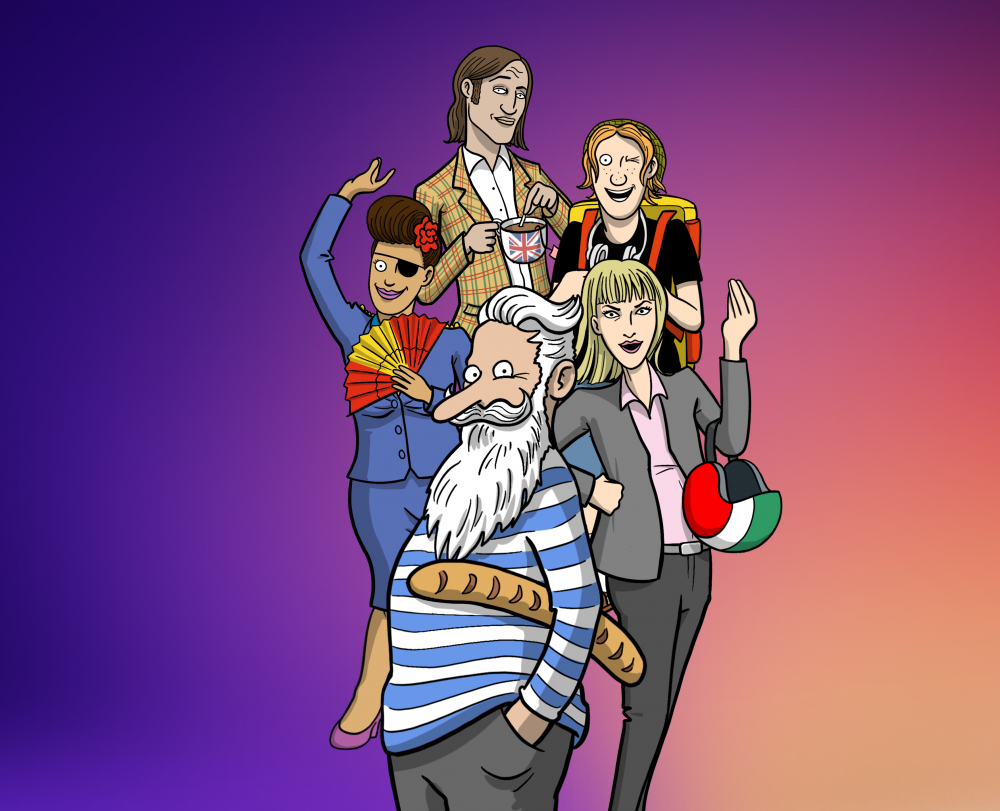Placement of direct and indirect object pronouns
Direct and indirect object pronouns go:
1) Before the verb, usually:
Non lo conosco.
I don't know him.
Le ho mandato una cartolina.
I sent her a postcard.
2) After the verb, and attached to it to form a single word, in the following cases:
- With an infinitive. When this happens we drop the -e from the end of the verb.
Mi piace guardarvi.
I like looking at you.
Preferisco incontrarti al ristorante.
I'd prefer to meet you at the restaurant.
- With a gerund (verb form that ends in -ndo):
Guardandovi, penso alla mia gioventù.
Looking at you, I think of my younger days.
Pensandoci, hai ragione.
Thinking about it, you're right.
- After the adverb ecco:
Eccoci qua.
Here we are.
Eccomi arrivato.
I've arrived (literally “Here I am arrived”).
3) Either before or after:
- With an affirmative imperative (before with lui/lei/loro, he/she/they/formal “you”, and after with the other grammatical persons).
(Tu) compralo!
(Informal “you”) Buy it!
(Lei) lo compri!
(Formal “you”) Buy it!
- With a negative imperative (you can choose where to place it without changing the meaning and regardless of the grammatical person).
Non mi telefonare!
Don't call me!
Non telefonarmi!
Don't call me!
- With the phrase stare per (to be about to) + infinitive or a modal verb (volere, to want to; potere, to be able to; dovere, to have to, etc.) + infinitive, either before the conjugated verb or attached to the end of the infinitive verb:
Ti sto per chiamare/Sto per chiamarti.
I'm about to call you.
Vi dovevo informare/Dovevo informarvi.
I had to inform you.
Note:
- loro always goes after the verb when it's used to mean “to them”.
Hai portato loro le uova?
Did you take them the eggs?
- in very few cases, direct object pronouns are also placed after the verb in the indicative to give them greater emphasis. In this case, they turn into the same pronoun form that we use after prepositions.
Ringrazio te per la tua gentilezza.
I thank you for your kindness.
Non capisco lei e le sue scelte.
I don't understand her and her choices.
Still facing difficulties with 'Placement of direct and indirect object pronouns'? Enhance your grammar and learn Italian through our online Italian lessons.
Start with a free test and improve today!
What our users say:
Improve your Italian further and test Saga Baldoria, online Italian course.

